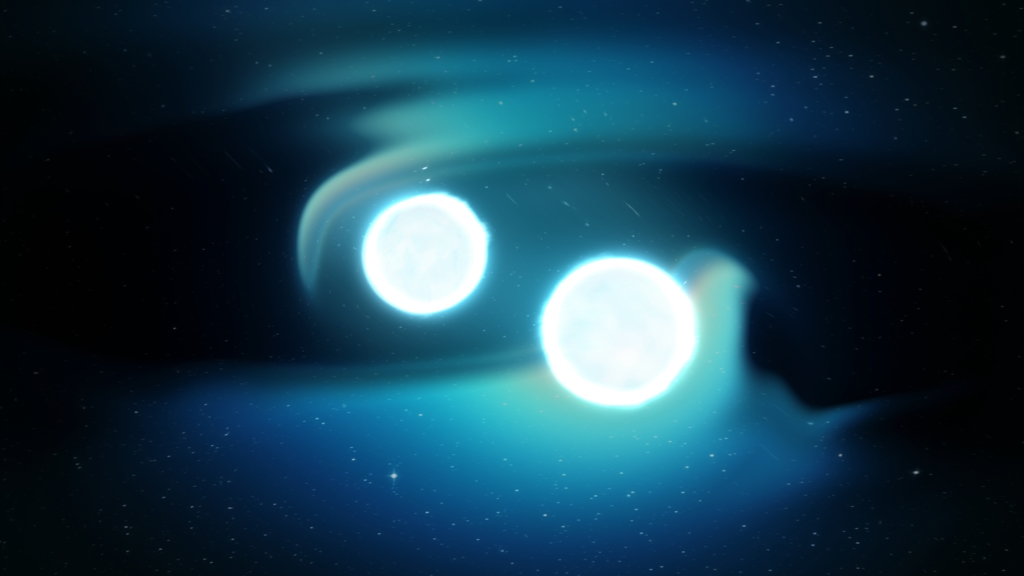Introduction:
The Sun is the most important celestial body in our solar
system. It provides the energy necessary for life on Earth and is responsible
for the vast majority of the light and heat that we receive. But what would
happen if the Sun collided with another star? In this article, we explore the
potential consequences of such a collision.
Consequences of a Sun-Star Collision:
If the Sun were to collide with another star, the
gravitational forces involved would be immense. The impact could lead to a
massive explosion, potentially resulting in the formation of a new, more
massive star. The energy released in the collision would likely be visible from
across the galaxy.
However, the collision would also have significant
consequences for the planets in the affected star systems. The gravitational
disruption caused by the collision could cause planets to be ejected from their
orbits, potentially leading to their destruction or expulsion from the system
altogether. Any planets that survive the collision would likely experience
significant changes to their climate and environment.
Furthermore, the collision could have implications for life
on Earth. The increased energy output from the newly formed star could lead to
changes in the amount of radiation that reaches our planet, potentially
impacting the delicate balance that allows life to thrive.
Conclusion:
While a collision between the Sun and another star is
unlikely to occur in the near future, understanding the potential consequences
of such an event is important for understanding the nature of our universe. The
energy released in such a collision could have significant implications for the
planets and life forms that are caught in its path. As we continue to explore
the cosmos, it is important to remain mindful of the potential dangers that
exist beyond our own planet.
Sun-Star Collision
Stellar Collision
Impact on Planets
Formation of New Star
Gravitational Disruption
Energy Release
Life on Earth
Cosmic Dangers
Celestial Bodies
Universe Exploration
